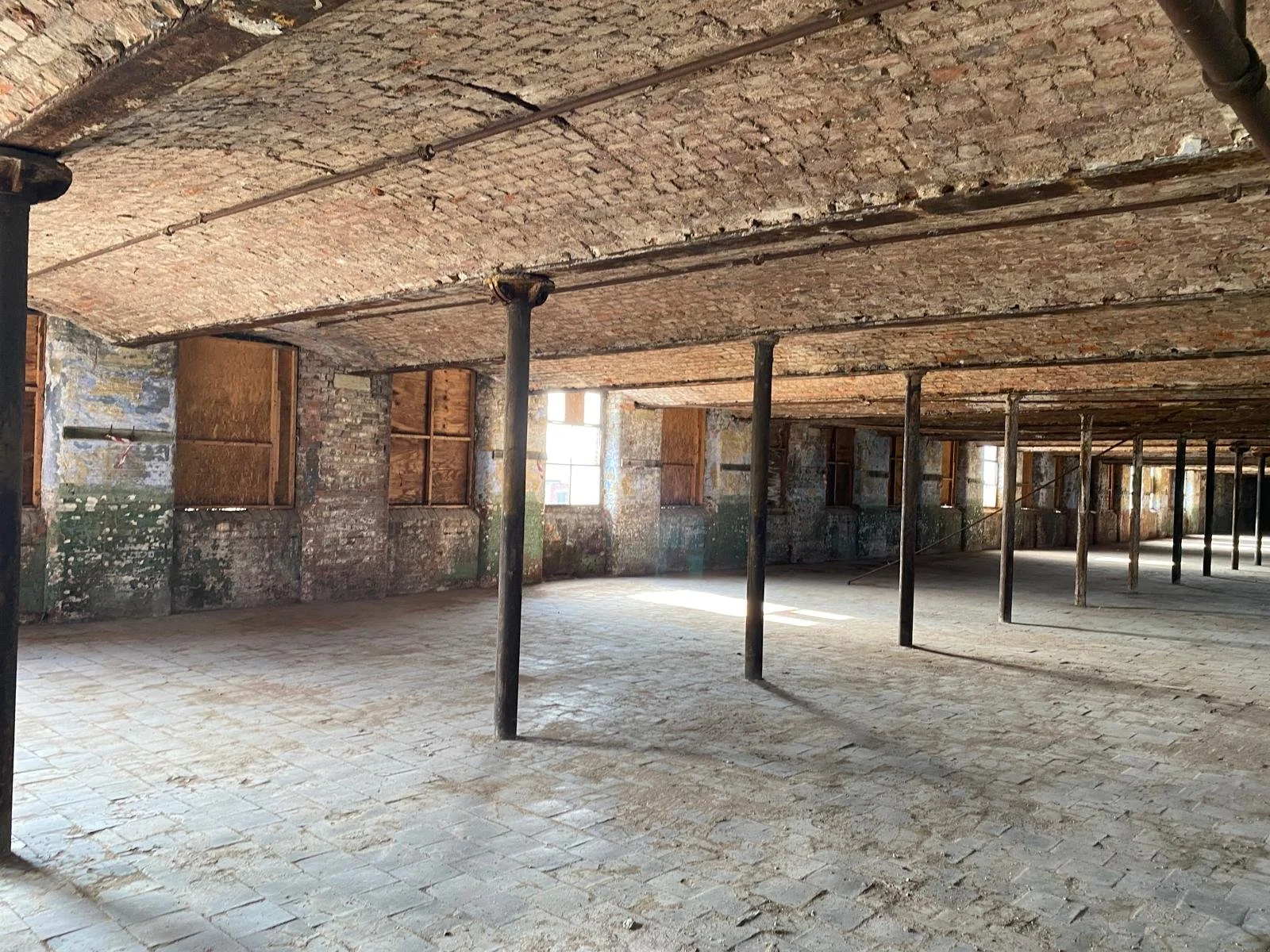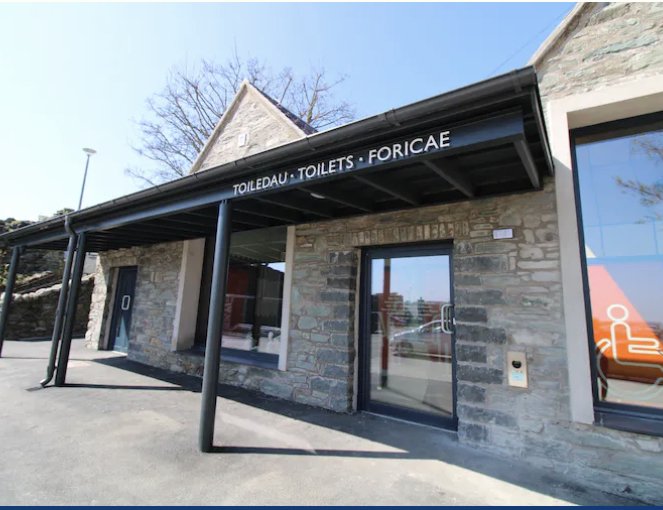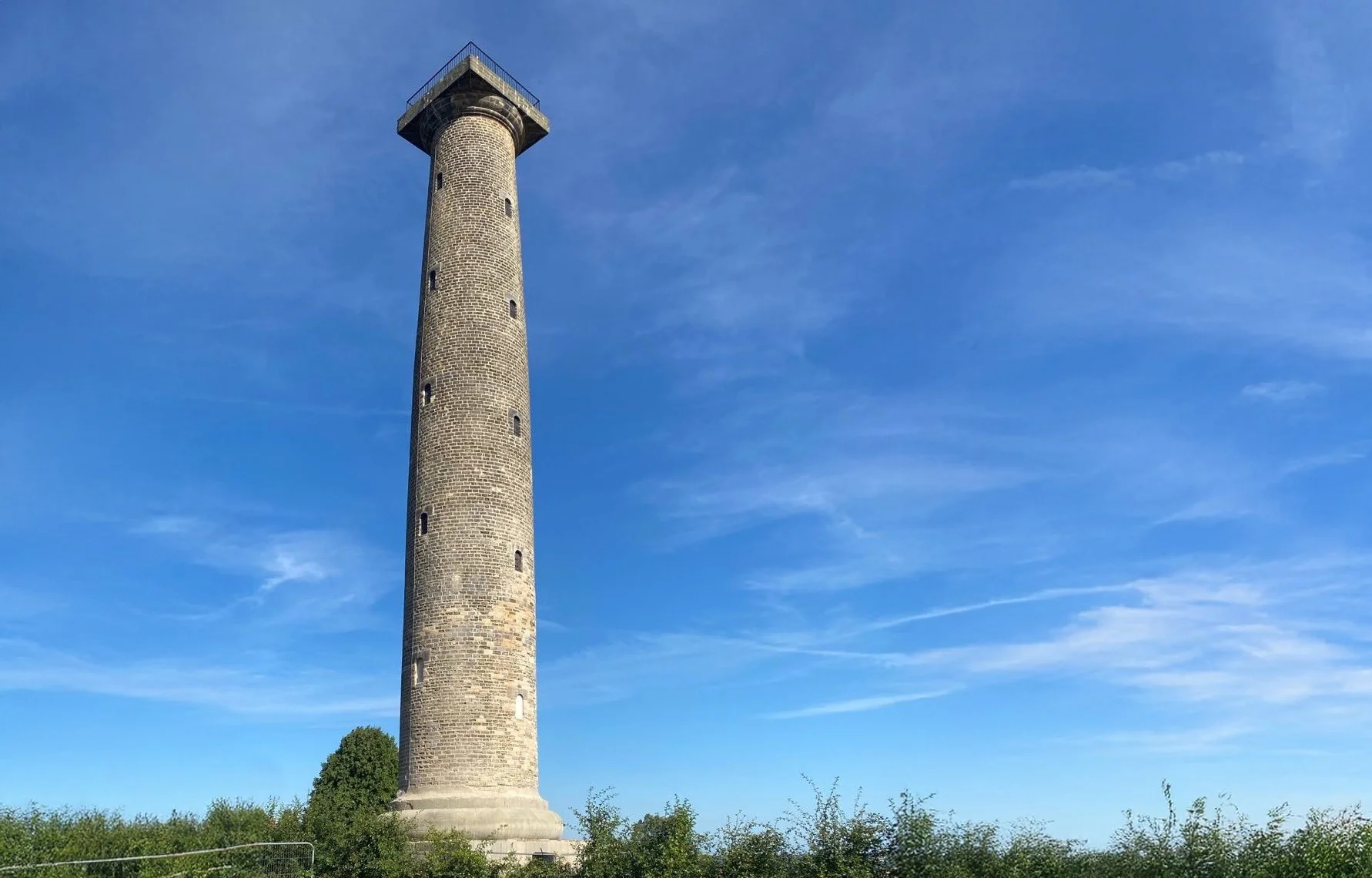
-

Brunswick Mill, Ancoats, Manchester
Built c.1839-40, Brunswick Mill in Ancoats, Manchester, was an early adopter of electric power in cotton spinning. Continuously operational until mid-20th century, this Grade II listed building is now being carefully converted into luxury apartments. Generation, alongside Big Red Construction, is sensitively restoring original architectural features, preserving its historical integrity, and revitalising it for modern residential use.
-
Keppel’s Column Rotherham GRADE II
Our works included stabilisation, stonework repairs, design and installation of new capitol, replacement of weathered stone, careful removal of vegetation from the masonry, crack repairs, complete repointing in lime mortar, installation of steel steps, replacement/repair of corroded cast iron balustrades to the capitol, bespoke bird boxes, new roofing, waterproofing, replacement windows, new lightning protection.
-

Croxteth Hall Liverpool Grade II
Our team carried out extensive restoration works including Asbestos removal, Stripping the slate roof and preserving slates for reuse, Structural steel installation, Timberwork, Restoration of rooflights, Conservation and redecoration of rainwater goods, Restoration and restabilising of stone roof urns, Replacement of missing and deteriorated brickwork, Rebuilding chimney stacks, Restoration of Timber Lanterns, Lime mortar repointing, Joinery works to lantern over main stairs, Extensive leadwork repair and replacement, Parapet restoration to elevations and courtyard, Ironwork conservation. Works carried out in consideration to Myerscough College who teach on site and sympathetic to regular filming and events taking place at the Hall.
-

18-20 Lower Hillgate, The Underbanks
Situated in the heart of the bustling market town of Stockport, this historic building forms part of The Underbanks Conservation Area in Stockport, situated on a pedestrian street. With our vast experience in working on similar projects we were appointed to refurbish the façade of the building and extensive internal alterations
-

Moot Hall Appleby-in-Westmorland
One of the first purpose built moot halls in England Moot Hall in Appleby is a late 16th century building with alterations up until the 20th century which houses the tourist information centre, exhibition room and is also used for Town Council meetings.
Moot Hall is located within the centre of Appleby surrounded by a mix of commercial, retail, recreational and residential buildings.
-

St John The Baptist, Rochdale
St John the Baptist RC Church in Rochdale, a striking Byzantine Revival building completed in 1927 and listed as Grade II*, underwent a £1.1m conservation programme over 20 weeks.
Located opposite the Greater Manchester Fire Service Museum, the church’s external and internal restoration was carefully managed to preserve its architectural integrity while maintaining uninterrupted community use.
-

Caer Gybi Roman Fort, Holyhead
The North East Tower at Caer Gybi Roman Fort, Holyhead, is an important historical site reflecting Wales’ Roman and medieval past.
Heritage restoration works were carefully undertaken, including sensitive preservation, archaeological exploration, and the construction of a bespoke viewing platform.
This initiative aimed to protect and enhance public appreciation of these significant archaeological landmarks.
-

Rutland Mill, Wakefield
Rutland Mill in Wakefield, a formerly derelict Grade II listed site adjacent to The Hepworth, has been transformed into Tileyard North—a dynamic 135,000 sq ft creative industries destination.
This 20-week, £140k conservation project focused on specialist structural repairs to support the wider regeneration of Wakefield’s waterfront, paving the way for new commercial spaces, restaurants, and a boutique hotel opening in 2024.
-
Tree of Knowledge, Salford
The Tree of Knowledge, a distinctive Grade II listed ceramic mural by Alan Boyson, sits at the heart of Salford’s cultural identity.
Originally installed on the old Cromwell School in the 1960s, the mural was saved from demolition by local campaigners and officially recognised by the Government for its national significance. A 15-week, £165k conservation programme secured its future as a centrepiece within a pioneering affordable housing scheme.
For more information about our past experience, please contact us


